CAD files are on my Google Drive. These are some FreeCAD project files, and STL files for printing. I don't think these are very usable for everyone, because I don't know the part number of the motor and the battery, while the models are all build around them. The files might be useful to inspect shapes of the plastic parts.
Thiiiiiiiing
What if you could slip a dremel into your pocket?
 DeepSOIC
DeepSOIC
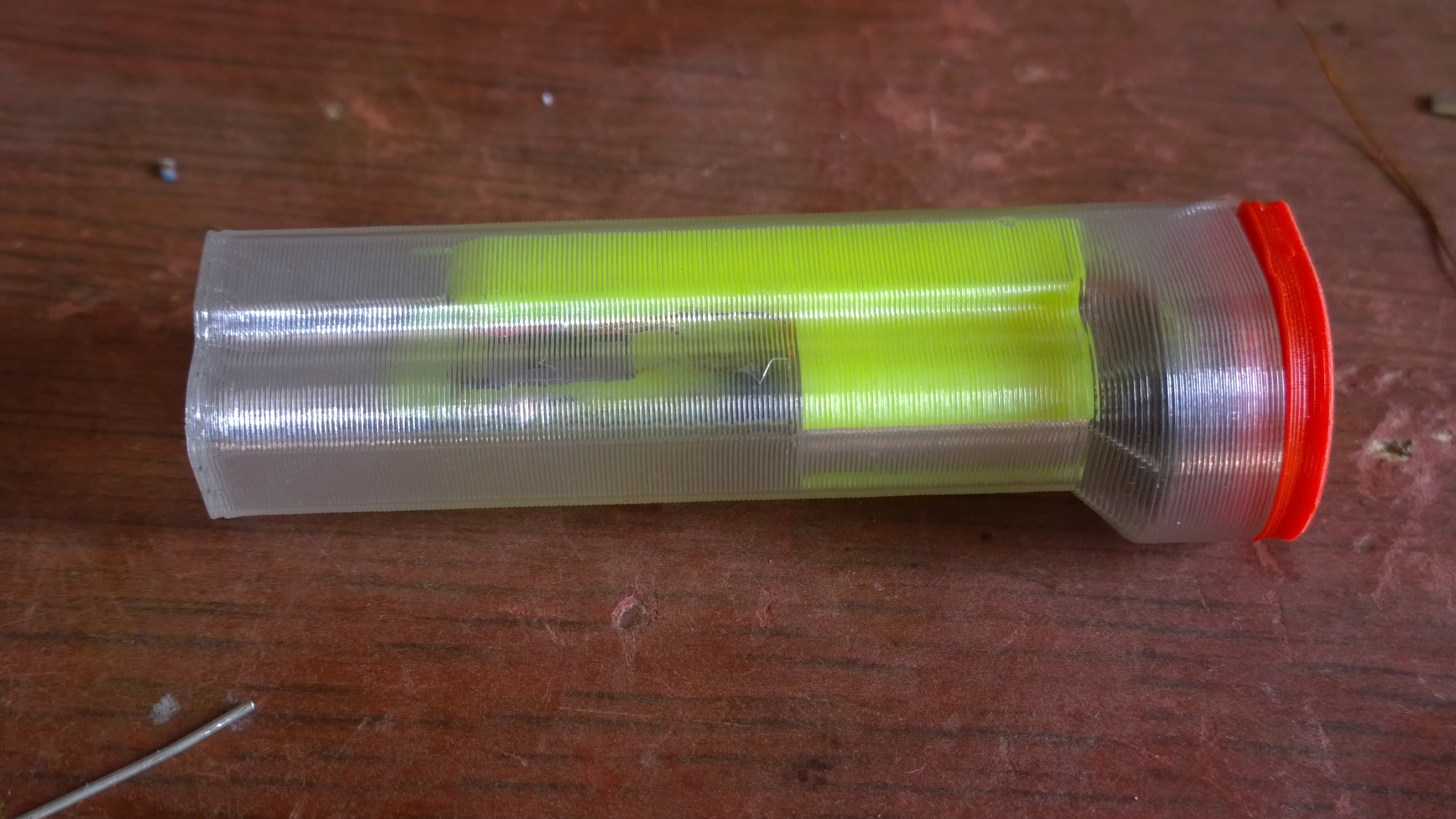
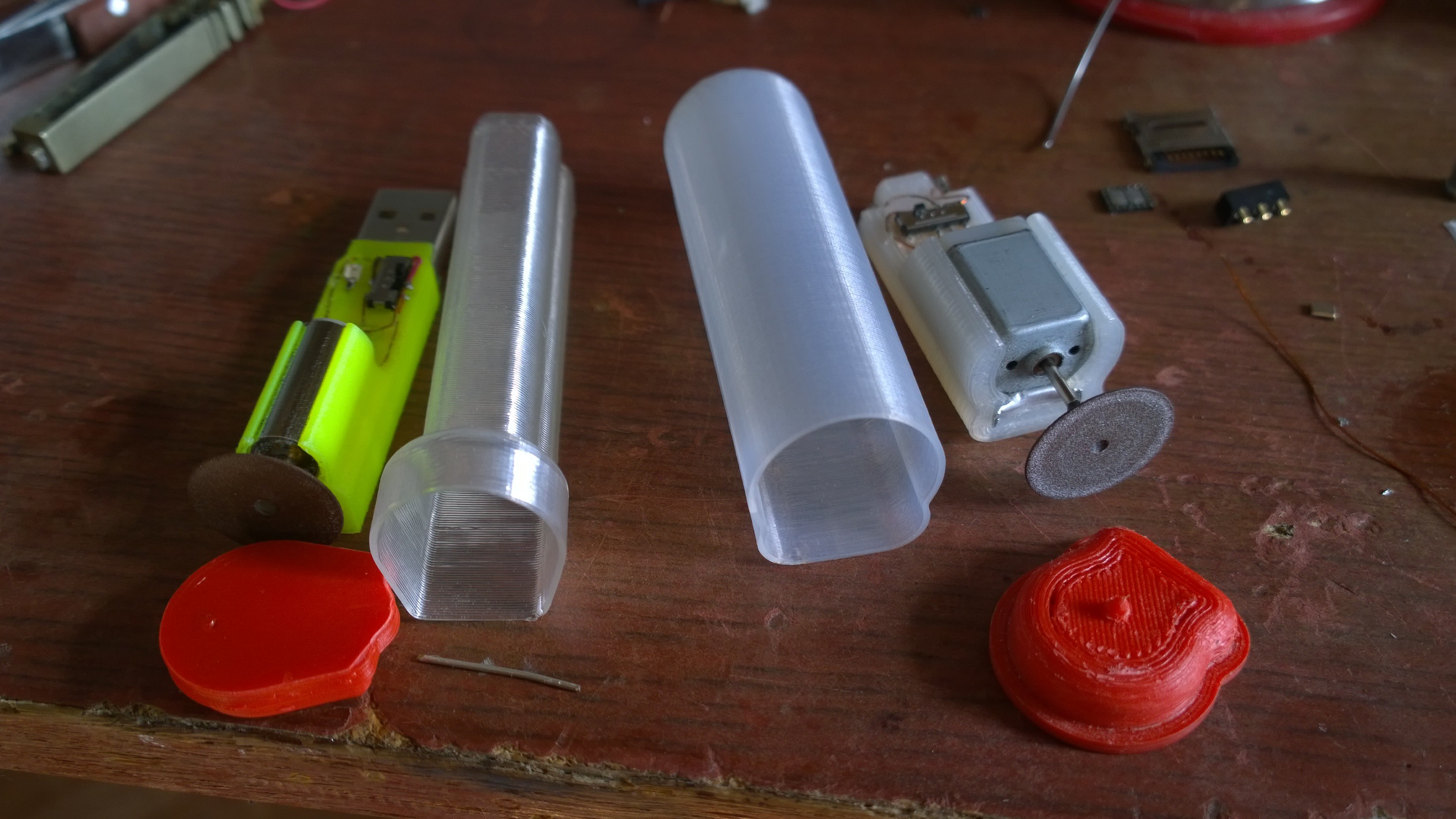
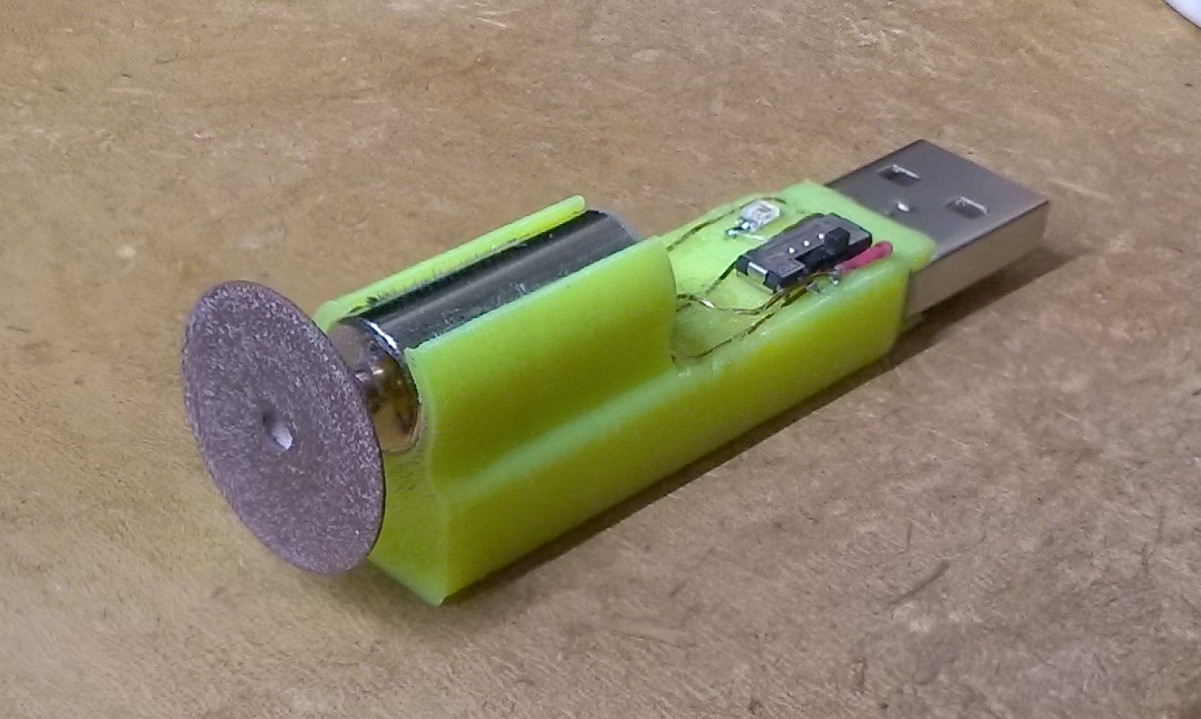
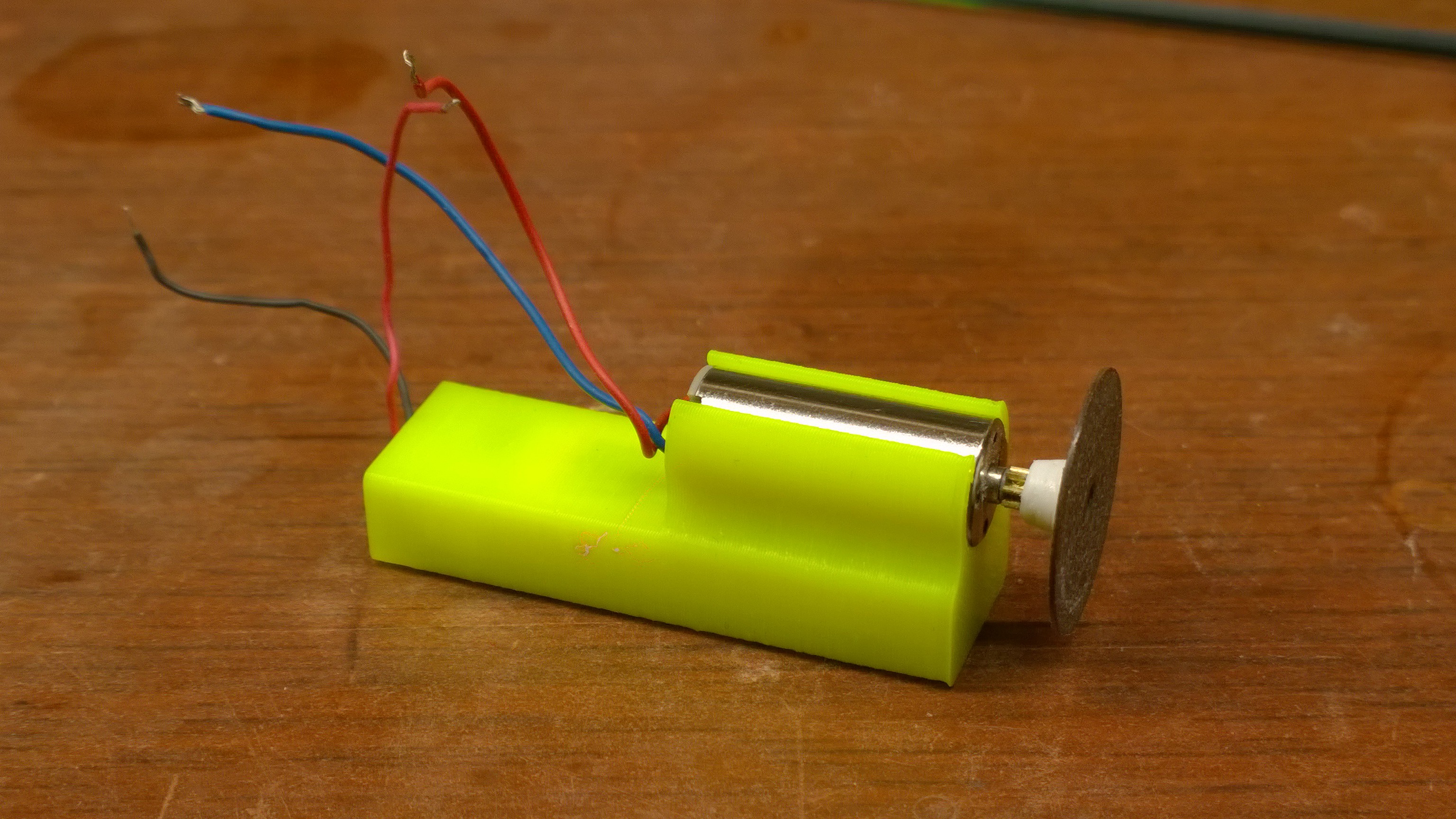


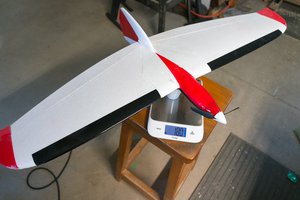
 Bud Bennett
Bud Bennett

 mauswerkz
mauswerkz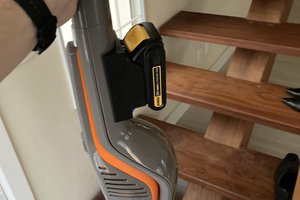
Looks pretty handy. How did you affix on the cut-off disk?